BepiColombo’s second Mercury flyby on June 23 takes the probe one step closer to orbiting the closest planet to the Sun.
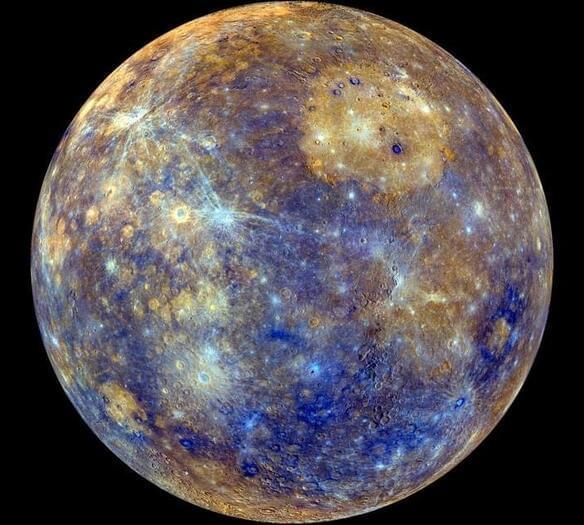


Using the Victor M. Blanco Telescope, Donatiello captured minute glimpses of the galaxy in Chile, particularly at the Cerro Tololo Inter-American Observatory.
At the time, David Martinez-Delgado, another astronomer from Spain’s Instituto de Astrofisica de Andalucia, was conducting separate research regarding the lingering galaxies around Andromeda.
Upon learning the existence of the fossil galaxy, the scientists propose an argument that this could be a speck of an ancient galaxy. Its stars are said to be a former part of it.
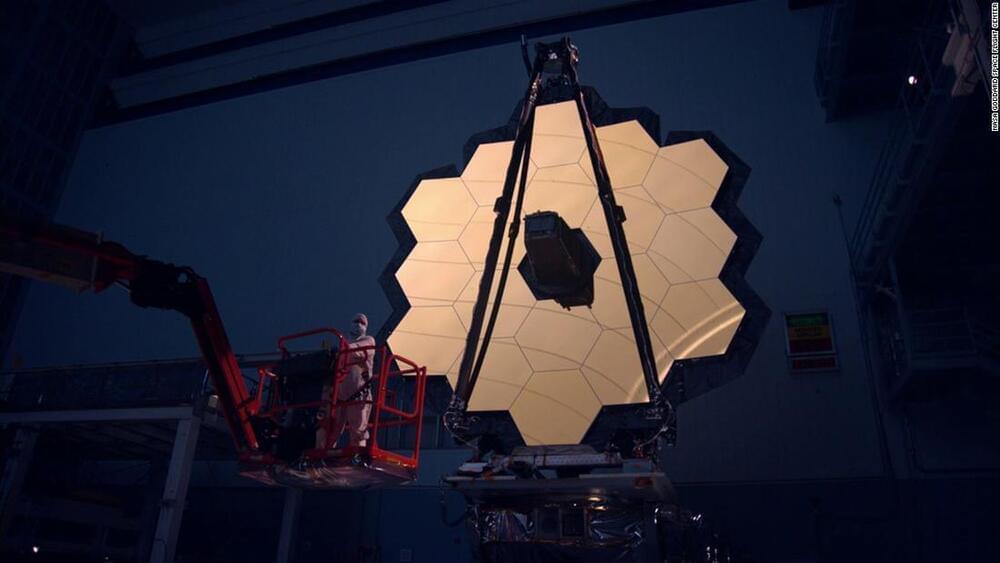
We’re about to have an entirely new perspective on the universe.
The James Webb Space Telescope will release its first high-resolution color images on July 12. One of those images “is the deepest image of our universe that has ever been taken,” said NASA Administrator Bill Nelson during a news conference on Wednesday.
“If you think about that, this is farther than humanity has ever moved before,” Nelson said. “And we’re only beginning to understand what Webb can and will do. It’s going to explore objects in the solar system and atmospheres of exoplanets orbiting other stars, giving us clues as to whether potentially their atmospheres are similar to our own.”

An international team of researchers led by the ETH Zurich and the National Centre of Competence in Research PlanetS has more accurately recreated the early history of several asteroids than ever before. Their findings suggest that the early solar system was more chaotic than previously assumed.
Before the Earth and other planets formed, the young sun was surrounded by cosmic gas and dust. Slowly, rock shards of varying sizes formed from the dust over the millennia. Many of these became building blocks for subsequent planets. Others did not become planets and continue to circle the sun today, such as asteroids in the asteroid belt.
Iron samples from the cores of asteroids that had fallen on Earth as meteorites were analyzed by researchers from ETH Zurich and the National Centre of Competence in Research (NCCR) PlanetS in conjunction with an international team. In doing so, they revealed a portion of their early past during the formation of planets. Their results were recently published in the journal Nature Astronomy.
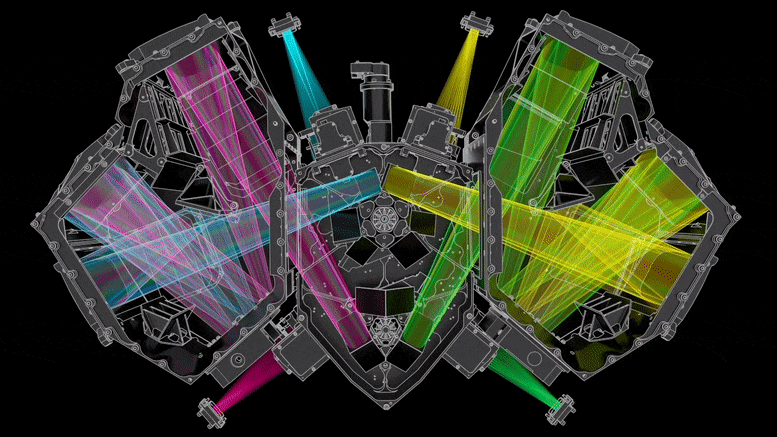
Recently, NIRISS, one of NASA
Established in 1958, the National Aeronautics and Space Administration (NASA) is an independent agency of the United States Federal Government that succeeded the National Advisory Committee for Aeronautics (NACA). It is responsible for the civilian space program, as well as aeronautics and aerospace research. Its vision is “To discover and expand knowledge for the benefit of humanity.” Its core values are “safety, integrity, teamwork, excellence, and inclusion.”
Start listening with a 30-day Audible trial and your first audiobook is free. Visit.
http://www.audible.com/isaac or text “isaac” to 500–500.
Future battlefields will employ ever-more technology, whether that battlefield is on earth, in the sea, in space, or in cyberspace. Today we will examine the roles robots, drones, artificial intelligence, armored suits, and nanotech may play in the future of war.
Visit our Website: http://www.isaacarthur.net.
Support us on Patreon: https://www.patreon.com/IsaacArthur.
Facebook Group: https://www.facebook.com/groups/1583992725237264/
Reddit: https://www.reddit.com/r/IsaacArthur/
Twitter: https://twitter.com/Isaac_A_Arthur on Twitter and RT our future content.
SFIA Discord Server: https://discord.gg/53GAShE
Listen or Download the audio of this episode from Soundcloud:
Episode’s Audio-only version: https://soundcloud.com/isaac-arthur-148927746/the-next-century-of-war.
Episode’s Narration-only version: https://soundcloud.com/isaac-arthur-148927746/the-next-centu…ation-only.
Credits:
The Next Century of War.
Science & Futurism with Isaac Arthur.
Episode 280; March 4, 2021
Produced & narrated by isaac arthur.
Written by:
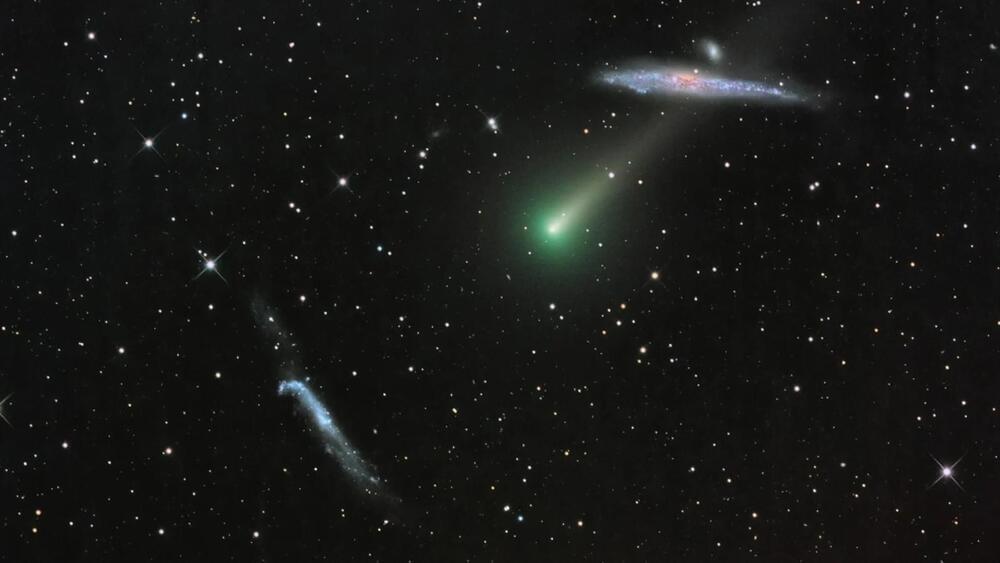
Space is a deep, dark, vast abyss that exists between the cosmos, separating them from each other. But is it truly as empty as we think it is? Or is the vacuum that spans everywhere hiding something from us? Something mysterious, and perhaps the most powerful source of energy?
Zero-point energy, also known as vacuum energy, has been touted as a potentially limitless and ubiquitous source of energy, if one could only find the means to harness it.
Welcome to Factnomenal and today we’re looking at the facts and demystifying the most mysterious energy in the universe.
Buy us a coffee to show your support!
https://www.buymeacoffee.com/Factnomenal.
DON’T CLICK THIS LINK: https://tinyurl.com/357shs3j.
Thanks for watching Factnomenal!
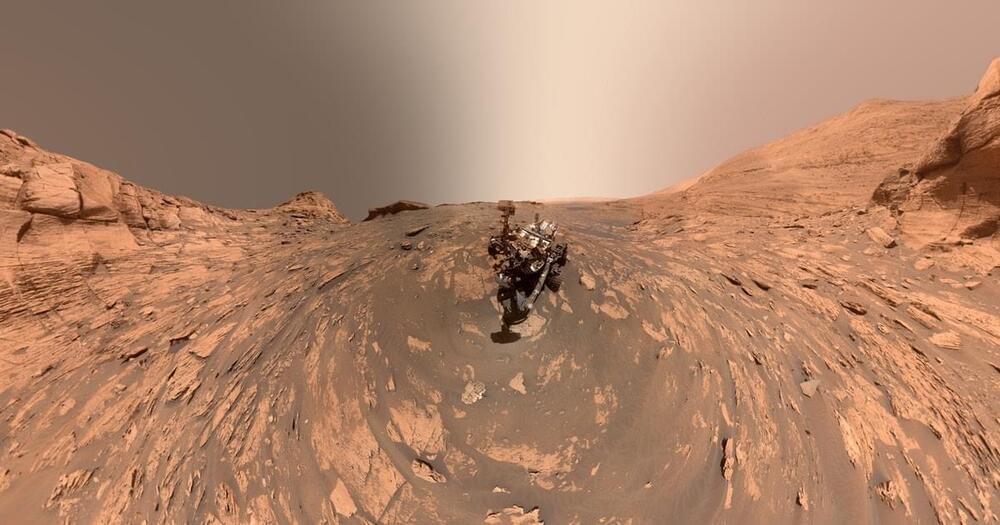

Summary: A new mathematical model that identifies essential connections between neurons reveals some neural networks in the brain are more essential than others.
Source: HHMI
After a career spent probing the mysteries of the universe, a Janelia Research Campus senior scientist is now exploring the mysteries of the human brain and developing new insights into the connections between brain cells.